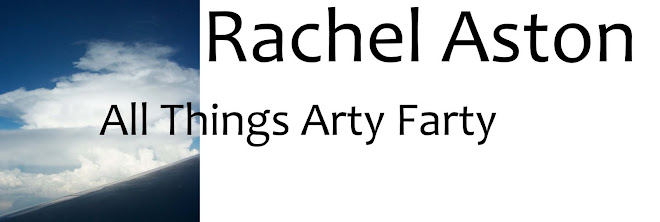Picnic in the garden by Edouard Manet. Le dejeuner sur l'herbe and A bar at the folies- Bergere also both my Manet.
My other favourite picture is
The afnolfini Portrait by Jan Van Eyck(1434).

It is located in the National Gallery in London and each time i go the city i love to see it. My fascination for it never fades and i enjoy finding something new and exciting in the image on each new visit. I could literally talk about this painting all day!
It is known by several different names, these include; The Arnolfini Wedding, The Arnolfini Marriage and Portrait of Giovanni Arnolfini and his wife. Part of the reason for so many different titles is the uncertainty and mystery surrounding the subjects in the image. It was first thought to be Giovanni de Arrigo Arnolfini and Giovanna Cenami but it has recently been discovered that they married in 1447, 13 years after the portrait and six years after Jan Van Eyck's death. Other possiblities include an undocumented 2nd wife or his first wife who passed away?
The latter theory would reinforce the theory that some people believe to be true about this portrait being a memorial portrait. The painting is highly symbolic and above the two figures is a candelabra, with two candles. The one above the male figure is full and burning bright, a representation of life. Whilst the one other his female companion has burnt out and remains a small stub.
Another theory is that it is infact a pictorial marriage certificate,although the actual identity of the couple unknown, with the artist Jan Van Eyck signing the image as if he was a witness to the marriage. It is also thought that one of the figures in the reflection of the overly large mirror is the artist, adding further evidence for this theory.

The fact that couples are expected to get pregnant of their first night of marriage together in these times, also reinforces the fact this could be a marriage painting. The lady already looks pregnant, but she isn't. The dress she is wearing was the fashion of the time.We understand that the couple are of wealth as there is much symbolism to suggest this, the clothes, are expensive although the painting is considered to be unornate for people of such wealth, blossom oranges and the set up of the room all also indicate money.
There are also plenty links to fertility, with the females green dress representing hope fore a baby, the removing of shoes so the people can touch the earth in order to be more fertile. A strong belief at the time. The red sheets in the room represent the physical art of love and the white cap featured on the lady shows her purity.

I love the fact that everywhere you look in the painting there is symbolism. We know it is the height of summer based on the cherry blossom on the tree outside.This is also representative of wealth and fertility.The small dog at the front of the painting represents loyalty. The mirror is surrounded by scenes from the passion, representing salvation and the oranges are further symbolism of wealth and fertility.

There is also evidence of the gender roles, as accustomed to the time. The man in the image gazes out at the viewer openly, whilst the woman submits to her husband and gazes longingly at him.
Jan Van Eyck was known at this time as the first person to use oil paints. He branched away from the usual tempera technique that was so vastly practiced around him.
Images from
lib-art.com
en.easyart.com
teachers.sduhsd.k12.ca.us


No comments:
Post a Comment